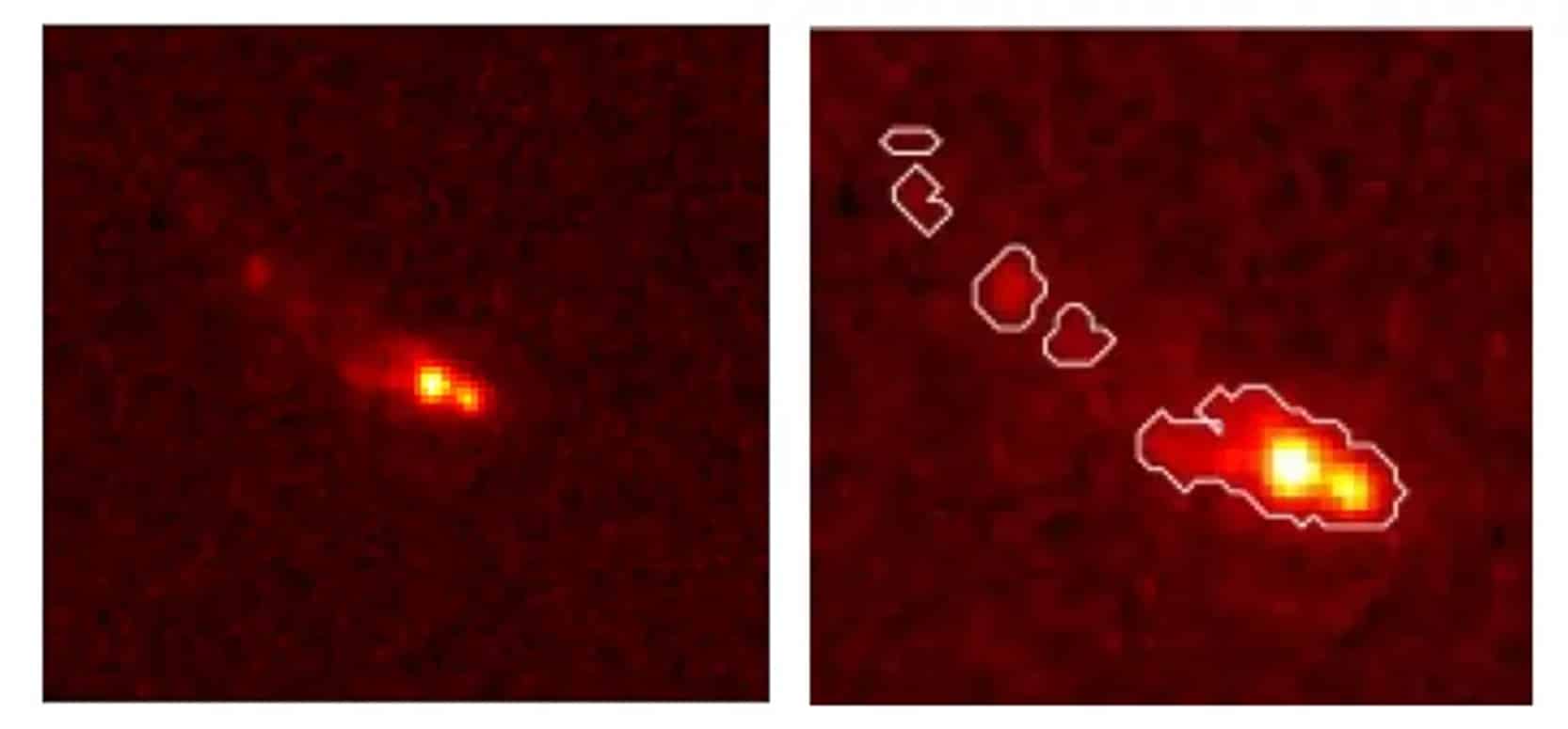The James Webb Space Telescope (JWST), which is able to look into the early universe, is helping to make intriguing discoveries about its early history. Astronomers, observing galaxies that are surprisingly large and quite advanced for their age, question the idea of how they develop and evolve.

One of the oldest galaxies ever discovered, Gz9p3, has recently been the subject of research by an international research group. The name Gz9p3 comes from a combination of the name of the research group, the Glass collaboration, and the redshift value of the galaxy z=9.3, which indicates its distance from us. With the help of James Webb, the team could observe it about 13 billion years ago, 510 million years after the Big Bang.
The Gz9p3 is surprisingly much more massive and mature than expected. The galaxy already contains several billion stars. It is ten times more massive than any other galaxy found at the beginning of the universe. These findings mean that stars had to form much faster and more efficiently than previously thought for the galaxy to reach this size.
The complex shape of Gz9p3 most likely defines it as one of the earliest galaxy mergers ever observed. The image of the galaxy on JWST shows a morphology that indicates the interaction of two galaxies, indicating that the merging process is still ongoing at the time of observation.
James Webb also performed a spectral analysis of the galaxy, which allowed them to distinguish between young and old populations of stars. It turned out that star formation was occurring at a higher rate than expected. The presence of an old population of stars is confirmed by elements found in the spectrum, such as silicon, carbon and iron.
The new results force astrophysicists to reconsider their theories of the formation of the early universe and the evolution of galaxies in general.
Earlier, we reported on how galaxies in the early universe differed from modern ones.
According to techexplorist.com
Follow us on Twitter to get the most interesting space news in time
https://twitter.comne/ust_magazine


